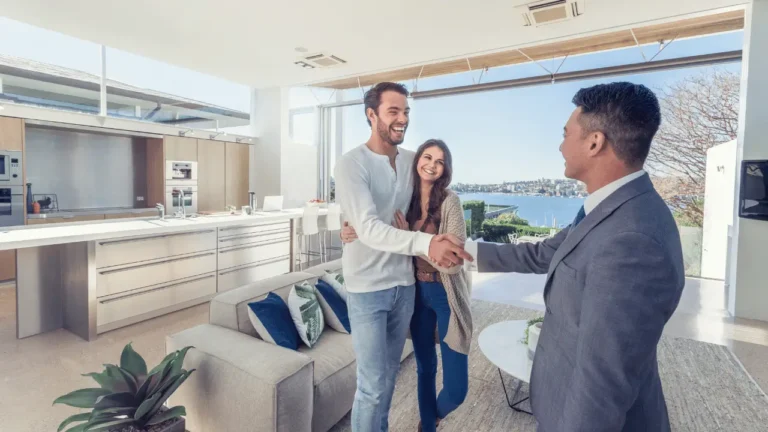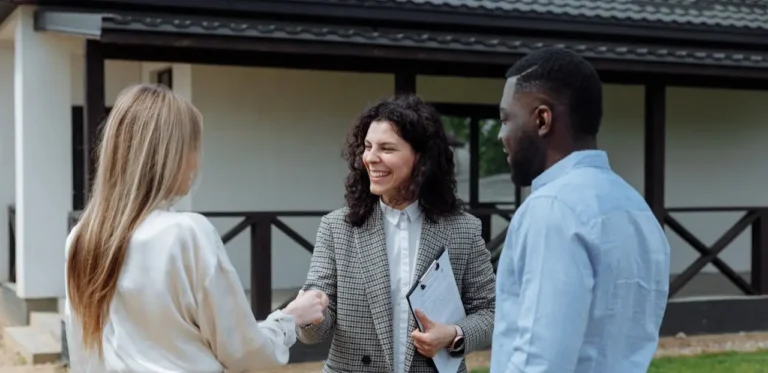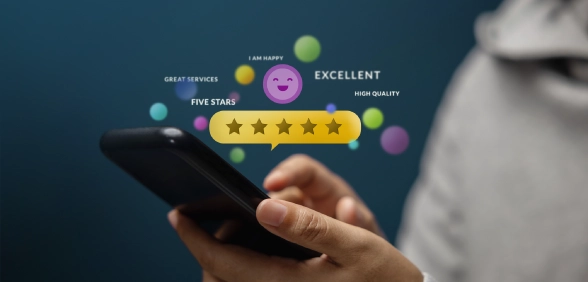State of the Workplace Report Insights: A Deep Dive into Drivers of Office Comeback
With businesses establishing a presence in new areas post-pandemic, employees’ relationship with the office has fundamentally changed. Resonate CX’s market insights report, State of the Workplace: What Experience Drivers Are Accelerating the Office Comeback, provides a wealth of insights into emerging workplace personas and what commercial real estate (CRE) leaders need to support long-term strategic planning and decision-making in the space.
The evolving office landscape: why people are (and aren’t) returning
The shift from a predominantly office-based workforce to a hybrid or remote model has left CRE leaders grappling with how to attract employees back into office spaces. The report underscores several factors driving office attendance, with the top 5 being:
- Collaboration with colleagues (53%)
- Team meetings (46%)
- Work-life balance maintenance (34%)
- Client meetings (30%)
- Access to specific resources or equipment (29%)
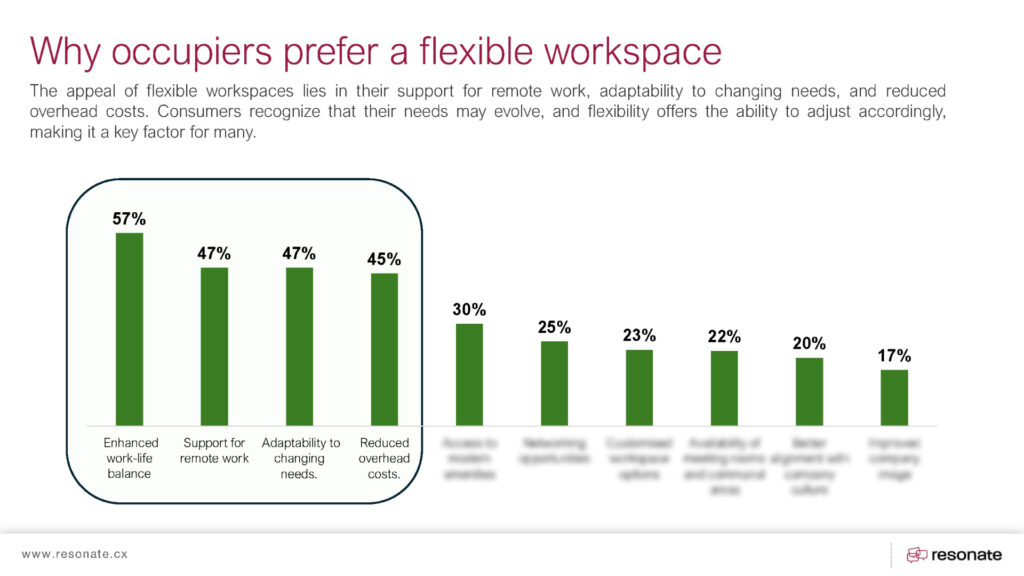
Download: Unlock full insights in this report
Statistics indicate that many prefer remote work, but the office is still important in collaboration, productivity and structured working. These insights can help CRE professionals design their properties around these motivations, creating flexible, collaboration-centric real estate. For instance, instead of building traditional cubicles, they can invest in open-plan spaces that facilitate team meetups and brainstorming sessions or tech-enabled meeting rooms that enable seamless integration to hybrid work.
Key occupier personas
The report also analyses three different employee personas making up the office workforce who have varying preferences.
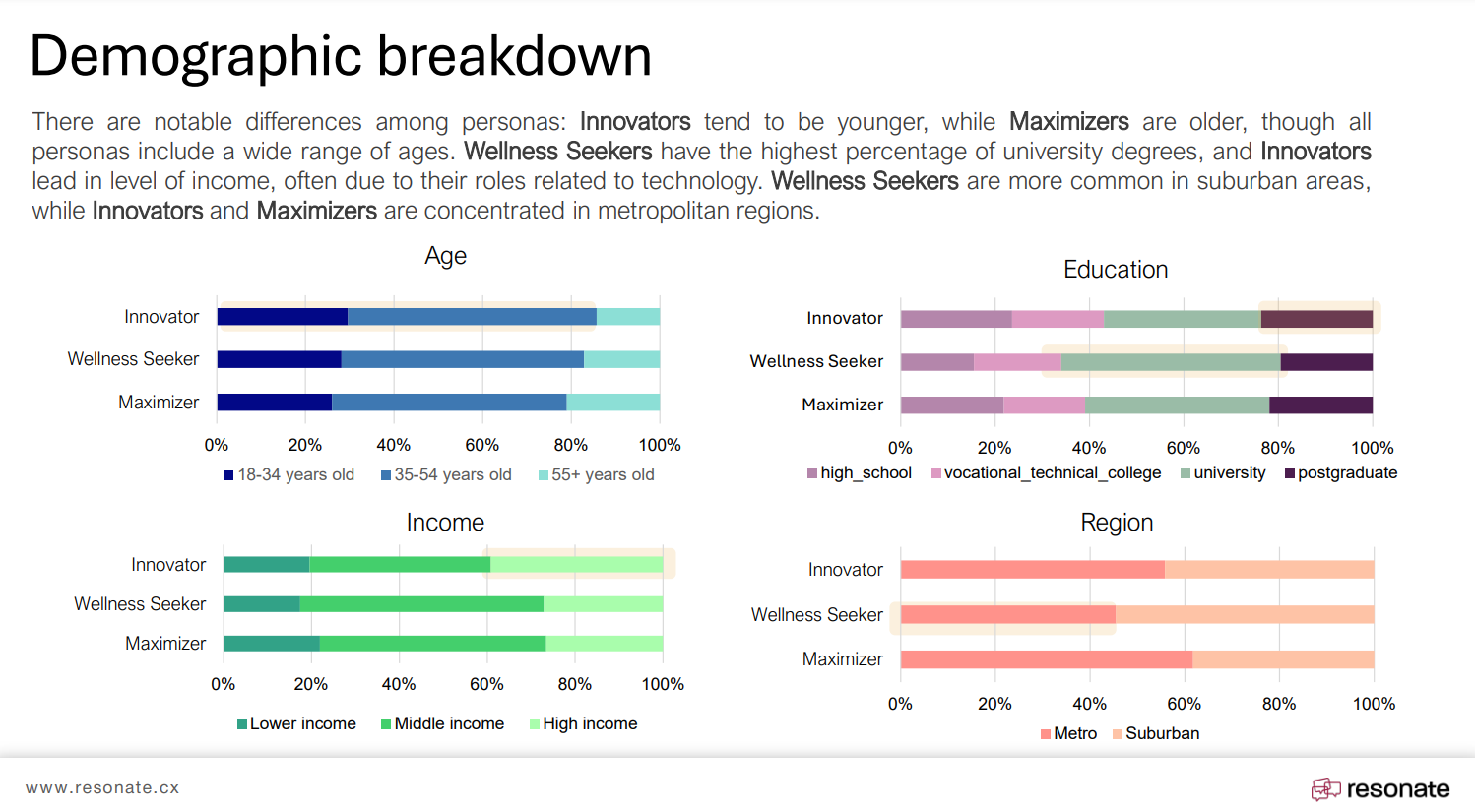
Now, let’s start with the first:
The Innovator
Innovators represent about 23% of the workforce and are typically younger, highly educated, and driven by technology and collaboration. Good at being early adapters, they work well in places where they have freedom and opportunities for creativity. Innovators tend to be in the office around 3-4 days a week looking for office space with the tools that allow them to work effectively, collaborate, and be creative.
Innovators are less likely to settle for traditional or rigid office environments. If the space doesn’t offer advanced technology, adaptability, and an emphasis on creativity, they may reduce their office attendance or seek out flexible coworking spaces that better suit their needs.
Recommendations for catering to innovators
Invest in cutting-edge technology and infrastructure
Innovators thrive in tech-enabled environments. CRE leaders should ensure that office spaces offer the latest technological tools, including high-speed internet, wireless charging stations, smartboards, and collaboration software integrated into meeting rooms.
Cloud-based systems and virtual collaboration tools are also essential, enabling Innovators to seamlessly work with both in-office and remote teams. Spaces should also offer video conferencing setups for hybrid work and meetings with external partners or clients.
CREs who want to go the extra mile could consider building in AR/VR rooms for businesses that require advanced tech for product development or team collaboration.
Design flexible, adaptable workspaces
Innovators value modular workspaces that can be easily reconfigured to fit different project needs. Offer flexible areas where teams can quickly shift from brainstorming sessions to focus work, or where individuals can move between different seating arrangements based on their tasks.
Spaces should support both individual work (through private nooks or soundproof pods) and collaborative team efforts (through open-plan collaboration zones with whiteboards and brainstorming tools). Co-working spaces or innovation hubs within buildings that promote cross-team collaboration or even networking across different companies could be highly appealing to Innovators.
Promote a culture of creativity and collaboration
Innovators need creative environments that stimulate ideas and innovation. This could mean incorporating open, visually inspiring spaces with modern design elements, colourful murals, or art installations that help foster creativity.
Include breakout areas for casual, impromptu discussions or dedicated project spaces where teams can work together on long-term tasks without interruption.
Enhance work-life balance and comfort
Innovators are well-driven but also like a comfortable and relaxed setting. Adding wellness elements like on-site gyms, yoga rooms, and lounges with comfortable seating when they need a break can go a long way.
Amenities such as free beverages, healthy snacks, and quiet relaxation areas are likewise appealing to Innovators to allow them to recharge without breaking stride.
Outdoor workspaces or rooftop gardens where they can relax, hold meetings, or work in a less formal setting would also resonate with Innovators’ desire to balance work and well-being.
The Wellness Seeker
Wellness Seekers (39% of employees) value their work-life balance and well-being the most. They will likely work hybrid models, coming to the office 1-2 days a week, primarily for team meetings and collaboration. This group has seen the largest drop in office attendance post-COVID, and bringing them back to the office will require us to address their need for a healthy and flexible environment.
Key motivations for wellness seekers
- Enhanced work-life balance (their top priority)
- Support for remote work and flexibility
- Wellness amenities such as gyms, healthy snacks, and comfortable workspaces
- Noise control and privacy
Wellness Seekers are at risk of reducing their office attendance even further if their needs aren’t met. So if you’re looking for a big opportunity, this is where it lies. As such, CRE leaders need to create spaces that promote health, comfort, and flexibility because they expect the office to offer something better than what they find at home.
Recommendations for catering to wellness seekers
Create wellness-focused workspaces
Incorporate natural light, ergonomic furniture, and quiet areas to reduce stress and increase comfort. Many Wellness Seekers value an environment that feels healthier and more calming than traditional office spaces.
Green spaces or access to nature within or around the office building can enhance mental well-being. Rooftop gardens, indoor plants, or outdoor work areas are great options.
Offer wellness amenities
Facilities such as on-site gyms, yoga rooms, or meditation spaces can be strong draws for Wellness Seekers.
Healthy food options in office kitchens or on-site cafes, such as fresh fruits, salads, and nutritious snacks, also provide a holistic approach to well-being. Ensure high-frequency cleanliness and maintenance, particularly in shared spaces, to provide a hygienic and comfortable environment.
Provide flexibility and support for hybrid work
Flexible workstations and collaboration zones that can be easily adapted to different working styles will resonate with this group. Another recommendation is to ensure robust remote work support with tech-enabled meeting rooms that allow Wellness Seekers to seamlessly connect with colleagues, whether they’re in the office or working from home.
Emphasise work-life balance
Ensure that the office doesn’t feel like an extension of work stress. Add breakout spaces, lounges, and even relaxation rooms where employees can take breaks, recharge, and socialise.
Noise control and privacy features, such as soundproof rooms and phone booths, will create a more productive and relaxing environment.
For instance, an office space is sought after by a consulting company, which primarily has an audience of Wellness Seekers. For them, being centred in the workplace means being attracted to sites that have wellness amenities such as gyms, yoga rooms, comfortable lounges, and healthy snacks found in the kitchen area. The more likely they would end up leasing the CRE property, the more it promotes relaxation, work, life balance, and a clean and well-maintained environment.
The Maximiser
Maximisers (28% of employees) represent stability within the workforce. They are the most frequent office users, working 4-5 days a week. They value structure, efficiency, and routine, and prefer a traditional office environment that supports productivity and collaboration.
Key motivations for maximiser
- Consistency in the workplace
- Efficiency and productivity tools such as reliable technology, printing services, and private offices
- Collaboration through in-person meetings and team engagement
- Structured work environments that offer a clear separation between home and work life
Maximisers are more willing to attend the office regularly, but unresolved issues such as noise levels, space constraints, and outdated facilities could reduce their attendance. Therefore, CRE leaders must focus on enhancing the productivity and efficiency of their spaces to retain and attract these individuals.
Recommendations for catering to maximisers
Ensure high-speed internet and reliable technology
Maximisers expect their office environment to offer superior tools for efficiency. Investing in high-speed internet, reliable printing and copying services, and top-tier meeting room technology will ensure that Maximizers can maintain productivity in the office.
Tech features such as smart whiteboards, conference room booking systems, and teleconferencing capabilities should be a core part of the office environment.
Provide private offices or workstations
Private offices or well-organised cubicles that offer a sense of ownership are important for Maximisers. They value privacy and noise control, so investing in soundproofing and dedicated workspaces can keep them engaged in the office. Storage solutions such as lockers or personal drawers can also enhance the feeling of consistency and stability for this group.
Create a clean and efficient environment
Maximisers value a workspace that is clean, organised, and well-maintained. Regular upkeep and clear organisation of shared spaces like kitchens, lounges, and break areas will help maintain their satisfaction with the office environment.
It’s also good to ensure comfortable seating and ample workspace to avoid complaints about overcrowding or discomfort.
Support in-person collaboration
Maximisers value the efficiency of in-person meetings and team collaboration. Enhanced meeting rooms with up-to-date AV equipment and easy access to scheduling tools are crucial for maintaining their attendance. Breakout rooms and casual collaboration spaces can encourage spontaneous team interactions, further improving their office experience.
Optimal team presence: office ‘tipping point’ crucial to office comeback
The report’s most important finding is around reaching a ‘tipping point’ of office attendance, which includes managers leading from home and geographically dispersed teams. That’s why when 60-70% of a company’s workforce is physically present, others tend to follow suit. This critical mass is achievable and fosters collaboration and prevention of isolation that can come with hybrid models.
This insight is transformative for CREs. It is possible to design far enough to encourage 60-70% office attendance, enacting a self-sustaining cycle of increasing office presence. This could involve:
- Increased amenities: Break areas, lounges, or wellness-focused spaces that encourage long office stays among workers because they are of high quality.
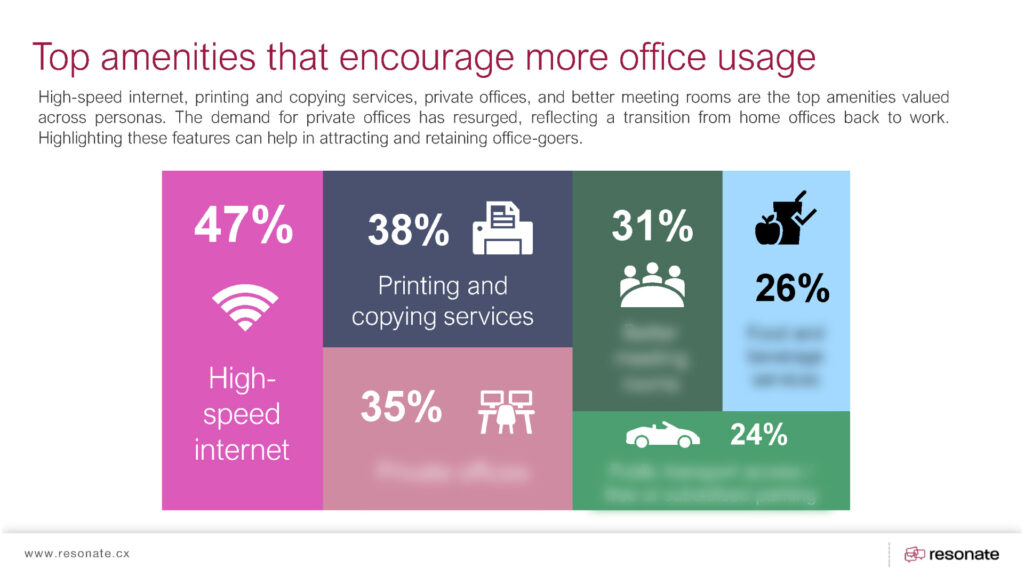
Download: Unlock full insights in this report
- Enhanced collaboration tools: Hot desk meeting rooms equipped with the latest technology making transition from in person to remote team members easy.
- Regional differences should be leveraged by CREs.
The report also reveals large regional variations in office attendance across the UK. For example:
- London: They trail behind others in how many people are in the office five days a week, with 45% of their employees back in the office five days a week.
- Yorkshire and the Humber: In fact, this region has one of the lowest NPS (Net Promoter Score) ratings for office satisfaction because their employees are unhappy with poorly maintained spaces and obsolete infrastructure.
These regional preferences present a large opportunity for CREs to fine-tune and tailor their strategies. For example, employees in London are more likely to be in their office full time, so London offices can focus more on collaborative spaces.
Conclusion: the future of office spaces
With businesses still trying to find the right balance between remote and in office work, CRE leaders have the opportunity to build the future of the workplace. To make spaces that not only address current needs but also appeal to tomorrow’s employees in search of flexible and supportive workspaces, CRE professionals need to understand what inspires employees to come back into the office—collaboration, well-being and flexibility.
We go even more in-depth on these insights if you want to dive deeper. Get the full Resonate CX 2024 report to find out how you can be ahead of the curve in defining the next generation of office spaces.

